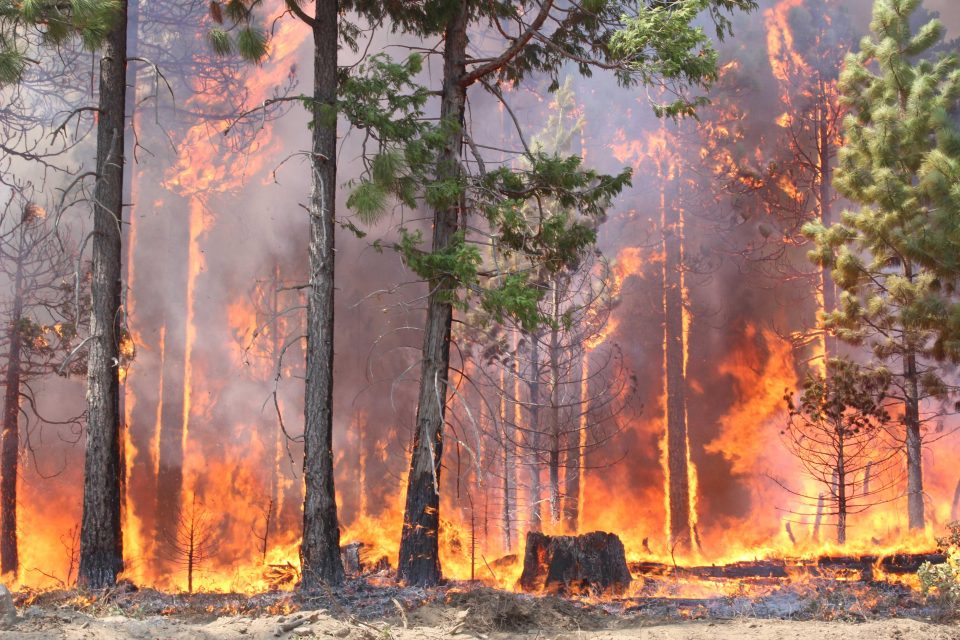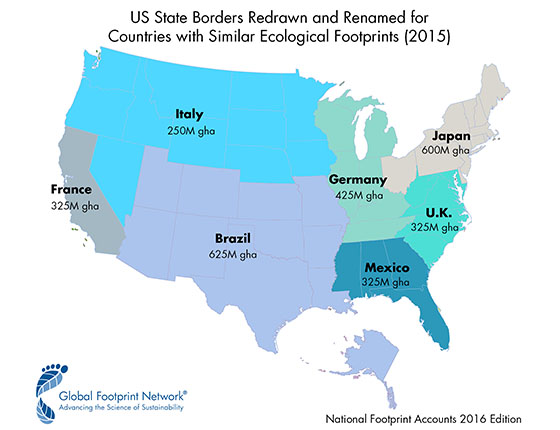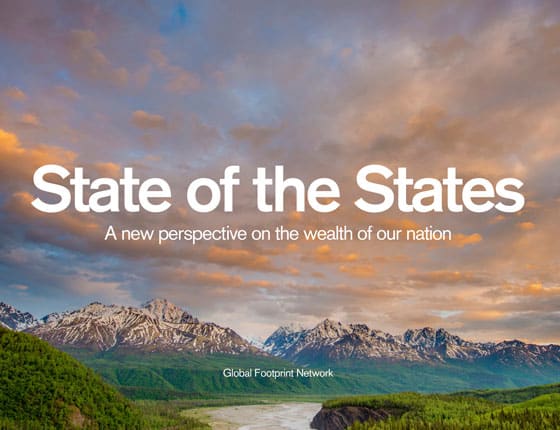If an acre of forest burns up in flames, what’s the cost? Zero, was FEMA’s reply in 2013. The Federal Emergency Management Agency rejected California’s request for a federal “major disaster” declaration and funding after the devastating Rim Fire, because it only knew how to put a price tag on man-made structures. The 400 square miles of forests that had been reduced to ashes and charred stumps—including part of Yosemite National Park—couldn’t translate into dollar amounts.
How times have changed. Two weeks ago, the state of California was named one of the 13 winners of the National Disaster Resilience Competition by the U.S. Department of Housing and Urban Development (HUD) and the Rockefeller Foundation. California won more than $70 million to help fund several disaster preparedness projects in communities affected by the Rim Fire.
What happened? As extreme weather events have become more frequent due to climate change, decision-makers are realizing that conventional project assessments won’t do, and that building strong, resilient communities requires drastically innovative approaches. In a first for a federal agency, the HUD Office of Economic Resilience, in collaboration with the Rockefeller Foundation, mandated that nature be a key element in the design of development projects submitted to the $1 billion competition.
HUD encouraged all applicants to use a more complete benefit-cost analysis developed by Earth Economics, a close partner of Global Footprint Network. It is exactly the kind of approach that Global Footprint Network and Earth Economics called for in July in our State of the States Report, which found the United States demands twice the resources that its ecosystems can regenerate. It is also similar to the approach that Global Footprint Network piloted with the state of Maryland when developing our Net Present Value Plus tool.
Profound shift
To assert the HUD/Rockefeller competition marks a significant departure from business as usual is an understatement. In fact, HUD has opened the door to a brand new approach where sustainability and resiliency are the guiding principles in deciding which disaster preparedness projects are worth funding.
“We are delighted a federal agency is demonstrating such a strong commitment to incorporating the value of nature into infrastructure and resilience projects,” said Dr. Mathis Wackernagel, co-founder and CEO of Global Footprint Network. “This is a profound shift that is bound to transform industry standards.”
Eligible applicants to the competition were required to incorporate nature into the economic impact analysis of their disaster resilience projects. All of them received training by Earth Economics on how to assess their costs and benefits more comprehensively, including the value of natural assets. The applicants then were allowed to seek Earth Economics’ assistance with their applications. Indeed, all of the applicants who sought Earth Economics’ assistance—including the state of California—won HUD money, totaling $680 million altogether.
In each case, Earth Economics coached the jurisdiction to understand how natural systems work within its specific region, and to make nature part of the solution recovering from natural disasters.
For the New York City Housing Authority’s (NYCHA) Storm Resiliency Program, for instance, Earth Economics found New York City’s urban parks and green space affected by Hurricane Sandy provide $3.9 million in ecosystem services ranging from aesthetic and recreational value to water purification and storage value. NYCHA was awarded $176 million.
Decision-makers both inside and outside the United States ought to pay close attention to how this competition was conducted and to the innovative economic analysis that was applied. By using comprehensive methods for measuring the multiple benefits of post-disaster projects, government decision makers can have a far more beneficial, resilient and sustainable impact. This is the only way to avoid repetitive damage and billions in future costs, while building healthy lands and vibrant economies.
For more background on our Net Present Value Plus assessment tool, visit www.footprintentwork.org/npvplus.
Learn more about Earth Economics at www.eartheconomics.org.
Photo credit: US Department of Agriculture flickr 20120817-FS-UNK-0034






